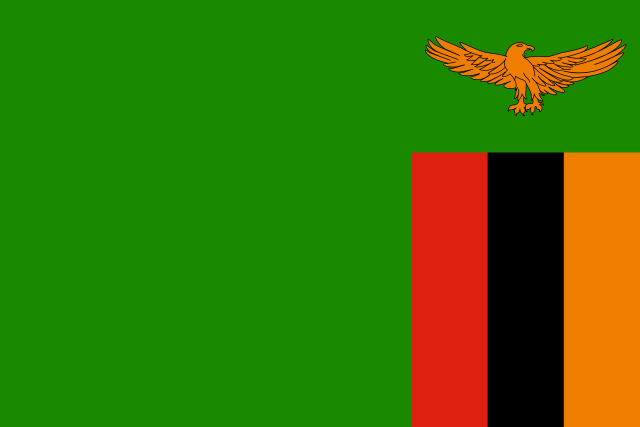Zambia: Difference between revisions - Wikipedia
 Article Images
Article Images
Content deleted Content added
Line 510: [[File:Pupils at St Monicas Girls Secondary School.jpg|thumb|Pupils at the St Monica's Girls Secondary School in [[Chipata]], [[Eastern Province, Zambia|Eastern Province]]]] The right to equal and adequate education for all is enshrined within the Zambian constitution.<ref>{{cite web |url=http://www.parliament.gov.zm/acts/volumes |title=Laws of Zambia |date=1996 |website=National Assembly of Zambia |access-date=27 January 2016 |archive-url=https://web.archive.org/web/20160307105357/http://www.parliament.gov.zm/acts/volumes |archive-date=7 March 2016 }}</ref> The Education Act of 2011 regulates equal and quality education.<ref>{{cite web |url=http://www.parliament.gov.zm/node/3324 |title=The Education Act (2011) |date=2011 |website=National Assembly of Zambia |access-date=27 January 2016 |archive-date=3 February 2016 |archive-url=https://web.archive.org/web/20160203063439/http://www.parliament.gov.zm/node/3324 |url-status=live }}</ref> The government's annual expenditure on education has varied significantly over the years, from 19.6% in 2006, to 15.3% in 2011,
▲The government's annual expenditure on education has varied significantly over the years, from 19.6% in 2006, to 15.3% in 2011, to 20.2% in 2015.<ref name=WorldBank_2015>{{cite report |author= <!--none listed--> |date= December 2015 |title= Education Public Expenditure Review in Zambia |url= https://documents1.worldbank.org/curated/en/431421468000590726/pdf/103870-PUB-PUBLIC-Education-Public-Expenditure-Review-in-Zambia.pdf |publisher= World Bank Group |page= 36 |access-date= 2024-01-16 |archive-date= 16 January 2024 |archive-url= https://web.archive.org/web/20240116202228/https://documents1.worldbank.org/curated/en/431421468000590726/pdf/103870-PUB-PUBLIC-Education-Public-Expenditure-Review-in-Zambia.pdf |url-status= live }}</ref> ===Health=== | |||